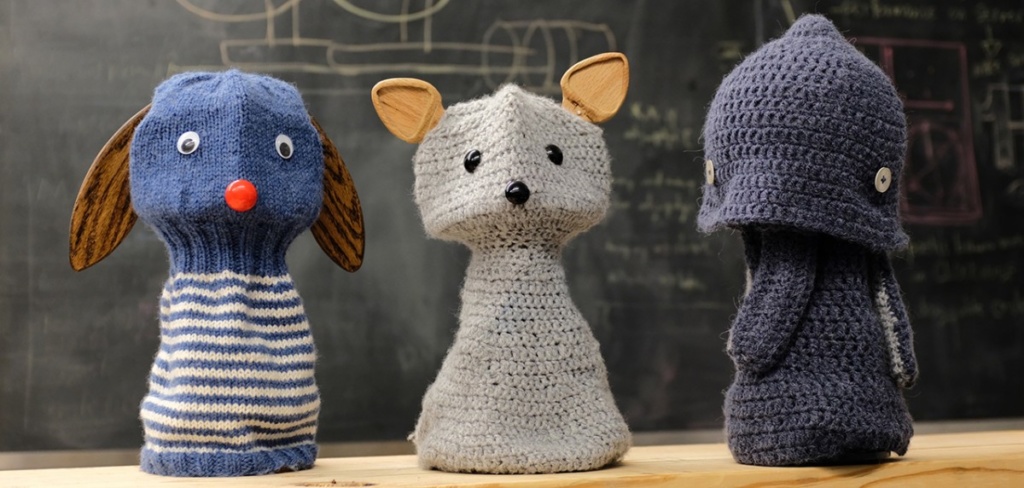模型:
uer/gpt2-chinese-lyric
 英文
英文中国 GPT2 歌词模型
模型描述
这个模型用来生成中文歌词。您可以通过链接 GPT2-Chinese Github page 从 gpt2-chinese-lyric 下载模型,或者通过 HuggingFace 下载模型。
如何使用
您可以直接使用文本生成的流程来使用该模型:
>>> from transformers import BertTokenizer, GPT2LMHeadModel, TextGenerationPipeline
>>> tokenizer = BertTokenizer.from_pretrained("uer/gpt2-chinese-lyric")
>>> model = GPT2LMHeadModel.from_pretrained("uer/gpt2-chinese-lyric")
>>> text_generator = TextGenerationPipeline(model, tokenizer)
>>> text_generator("最美的不是下雨天,是曾与你躲过雨的屋檐", max_length=100, do_sample=True)
[{'generated_text': '最美的不是下雨天,是曾与你躲过雨的屋檐 , 下 课 铃 声 响 起 的 瞬 间 , 我 们 的 笑 脸 , 有 太 多 回 忆 在 浮 现 , 是 你 总 在 我 身 边 , 不 知 道 会 不 会 再 见 , 从 现 在 开 始 到 永 远 , 想 说 的 语 言 凝 结 成 一 句 , 不 管 我 们 是 否 能 够 兑 现 , 想 说 的 语 言 凝 结'}]
训练数据
训练数据包含由 Chinese-Lyric-Corpus 和 MusicLyricChatbot 收集的 15 万条中文歌词。
训练过程
该模型是由 UER-py 在 Tencent Cloud 上进行预训练的。我们在基于预训练模型 gpt2-base-chinese-cluecorpussmall 的基础上进行了 10 万步数、序列长度为 512 的预训练。
python3 preprocess.py --corpus_path corpora/lyric.txt \
--vocab_path models/google_zh_vocab.txt \
--dataset_path lyric_dataset.pt --processes_num 32 \
--seq_length 512 --data_processor lm
python3 pretrain.py --dataset_path lyric_dataset.pt \
--pretrained_model_path models/cluecorpussmall_gpt2_seq1024_model.bin-250000 \
--vocab_path models/google_zh_vocab.txt \
--config_path models/gpt2/config.json \
--output_model_path models/lyric_gpt2_model.bin \
--world_size 8 --gpu_ranks 0 1 2 3 4 5 6 7 \
--total_steps 100000 --save_checkpoint_steps 10000 --report_steps 5000 \
--learning_rate 5e-5 --batch_size 64
最后,我们将预训练模型转化为 Huggingface 的格式:
python3 scripts/convert_gpt2_from_uer_to_huggingface.py --input_model_path lyric_gpt2_model.bin-100000 \
--output_model_path pytorch_model.bin \
--layers_num 12
BibTeX 条目和引用信息
@article{radford2019language,
title={Language Models are Unsupervised Multitask Learners},
author={Radford, Alec and Wu, Jeff and Child, Rewon and Luan, David and Amodei, Dario and Sutskever, Ilya},
year={2019}
}
@article{zhao2019uer,
title={UER: An Open-Source Toolkit for Pre-training Models},
author={Zhao, Zhe and Chen, Hui and Zhang, Jinbin and Zhao, Xin and Liu, Tao and Lu, Wei and Chen, Xi and Deng, Haotang and Ju, Qi and Du, Xiaoyong},
journal={EMNLP-IJCNLP 2019},
pages={241},
year={2019}
}




















